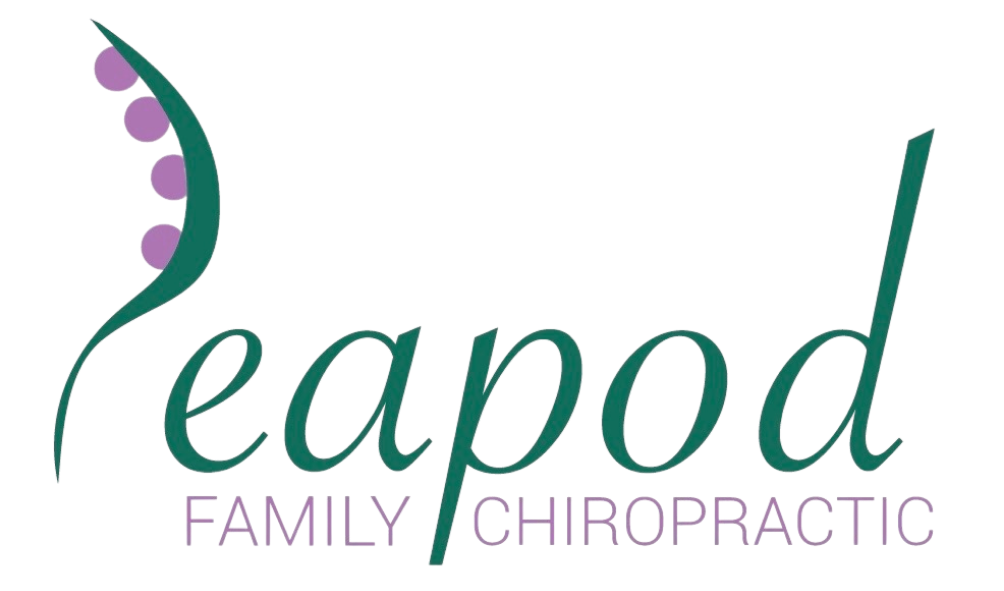What Moms & Dads Can Expect Postpartum
We do a great job of preparing parents for the postpartum period, don’t we? You birth a human that has been a part of your body for around 9 months, then you’re handed that very fresh and fragile human and told “Good luck! See you in 6 weeks for your postpartum visit!”, and you’re sent on your merry way. Ok, we’re exaggerating a bit, but your body just went through A LOT, and now has to readjust to not growing and housing a tiny human anymore. Some things might have occurred that you weren’t prepared for, or were even told would happen to you. So much focus is placed on the baby and delivery, that many women are not prepared for the changes they may experience within their bodies postpartum.
One of the biggest changes that I see in postpartum moms are neck and shoulder tension. There's a few reasons why this happens. You start by growing a baby in your belly and shifting your center of gravity down lower than you've ever had to carry it before in your life. Then suddenly the baby is not in your belly anymore, but you still have to hold them all the time. So you go from carrying a baby in your belly to carrying a baby in your arms.That puts additional tension on the shoulders while the body is still trying to come back and adapt from that altered center of gravity.
You also have milk supply, so now there's more weight in the top then there previously was on the bottom compared to when you were pregnant. There are different ways that you can hold your baby to decrease this tension. I cover this topic and more in my new postpartum online course, Baby Bumps in the Road:Chiropractic Infant Support with At-Home Instruction.
Join the waitlist here.
The other thing that I typically see is women tending to carry their baby on their non dominant side. This happens because as busy moms, they still have to do things with their dominant hand. What tends to happen then is that the hip will come up. Women still have that hormone relaxin in their body, which increases the laxity of the ligaments. This is great for delivering the baby, but it also means that it's a lot easier for things to slip out of place and for things to come back together asymmetrically. Most of the time if I see a postpartum mom that didn't receive any care after delivery, she usually has pelvic imbalance.This can cause physical problems and discomfort, and also lead to problems with future pregnancies. If women don't have a completely level pelvis, and the pelvis is what the uterus attaches to, a majority of the time when I see women with fetal positioning challenges in breech babies or pain it is during subsequent pregnancies (not baby #1). I commonly hear “I didn't experience any of this in previous pregnancies.”
Contrary to popular belief, dads are also affected by postpartum changes! If I'm seeing a mom and baby for chiropractic care, usually around four months is when dad is like, “Wait a minute, my back is starting to hurt. I want to be seen, too.” This back pain comes from holding the baby. Dad didn't have that physical change that happened to mom who carried the baby, but now they do have to carry a baby in their arms. If there's already even a little bit of previous thoracic restriction, they tend to notice pain in their upper back. So I recommend dads getting adjusted, too.
At Peapod, we're a whole family affair. We love to honor proactivity when it comes to chiropractic care which is why we offer a free postpartum house call to clients that were with us during their pregnancy. This also gives us the opportunity to see what changes happened in mom during the birth process, things that are going on with the baby, and in some cases, we can even see what's going on with dad.
We love caring for families and would love to make you part of ours.



